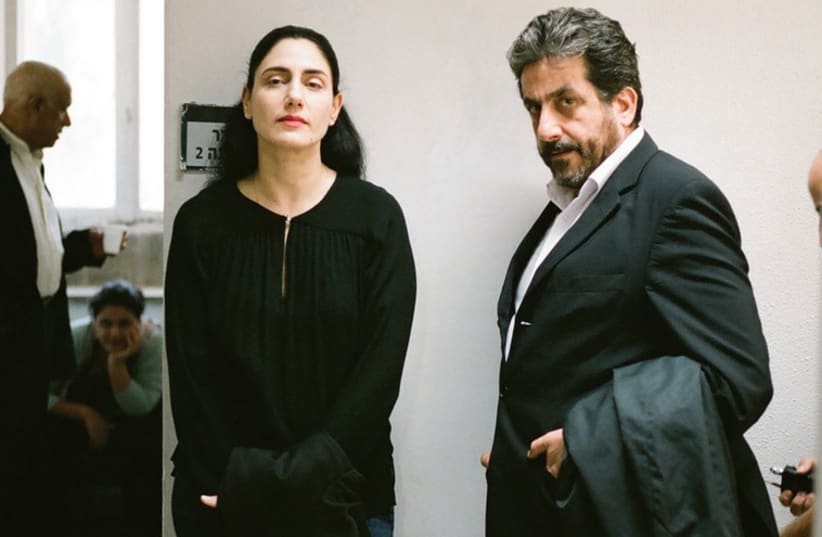Confusing developments in Israel’s rabbinical courts
Can legally divorced people ever feel and act in accordance with their new personal status, or are they wedded to the rabbinical courts forever, in unending anticipation of its reversal of their status?
